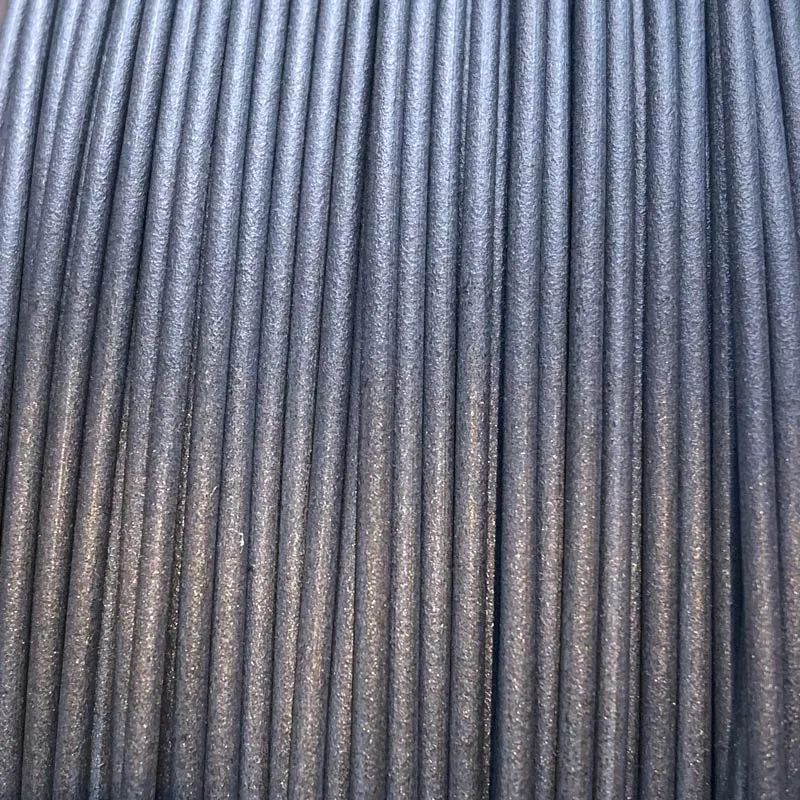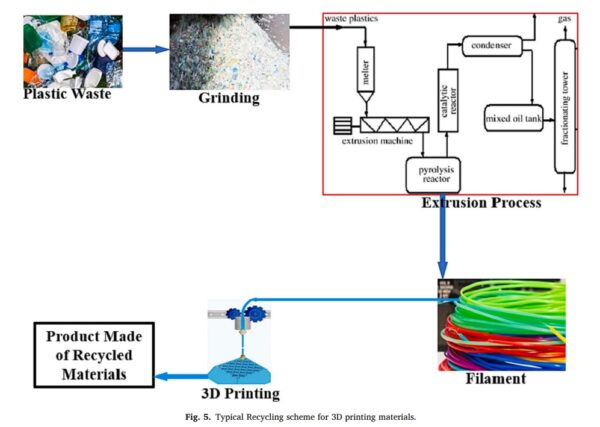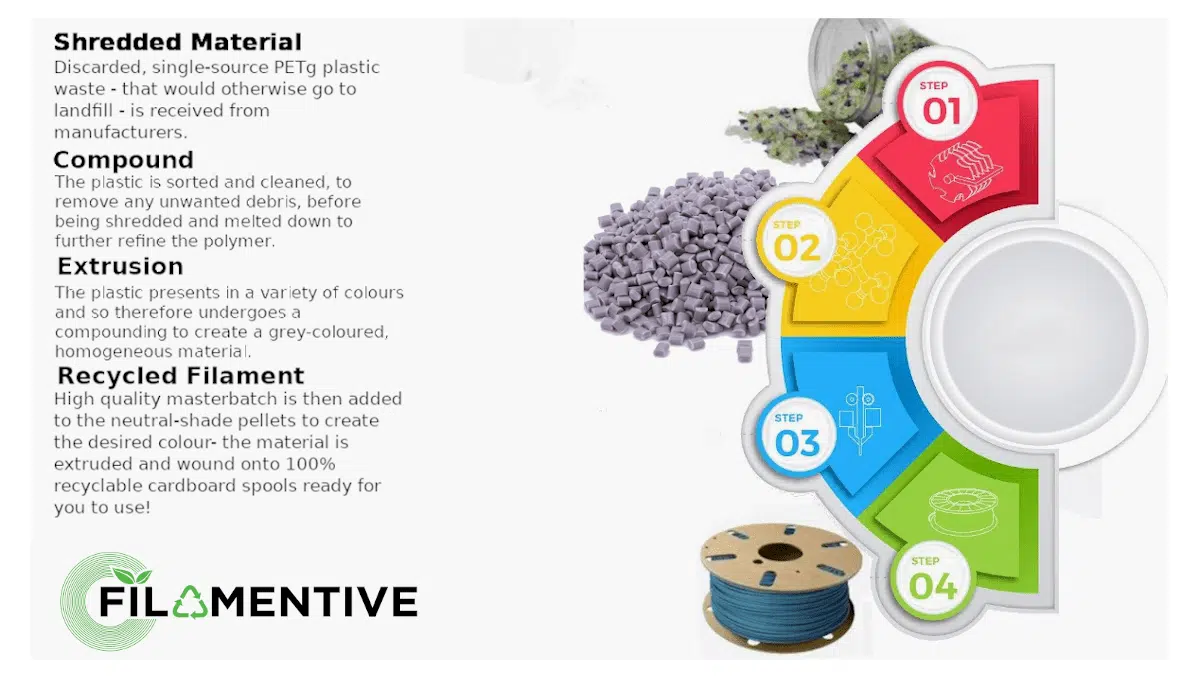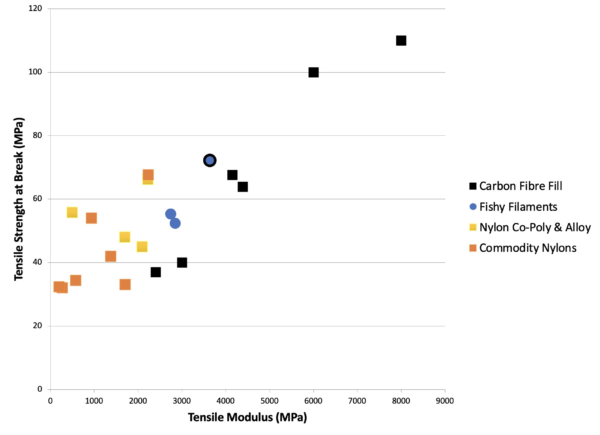3D Printing with Recycled Materials

Using recycled plastics in 3D printing reduces waste and carbon footprint, offering sustainable solutions such as filaments made from pre-and post-consumer recycled materials.
3D printing technology has become increasingly significant in product development due to its advantages in rapid prototyping, customization, and cost-effectiveness. It enables the creation of complex shapes, minimizes material waste, and accelerates time to market.
Manufacturers utilize various materials such as plastics, metals, ceramics, and biomaterials, each offering unique benefits. Acrylonitrile butadiene styrene (ABS) is the most widely used plastic for 3D printing due to its strength, durability, and flexibility. People recognize PET as another popular material, known for its strength, durability, and low warping during printing. Manufacturers commonly use other polymers like polycarbonate (PC) and polypropylene (PP) for this purpose. Researchers have proposed PLA as a material for 3D printing because it comes from renewable sources. However, most manufacturers do not use the recycled materials in this technology. This raises concerns about environmental impact, especially when people generate waste or single-use parts. As a result, the use of recycled materials for 3D printing enables the reduction of virgin material consumption.
From Plastic Waste to Feedstock for 3D Printing
Various scientific studies are evaluating the suitability of recycled materials for use in 3D printing in terms of performance in the printing process and the quality of parts manufactured with recycled materials vs. conventional materials. Some studies propose Chemical Recycling through pyrolysis as an alternative method to convert plastic wastes to raw materials for 3D printing.

Typical Recycling scheme for 3D printing materials. Courtesy of Typical Recycling scheme for 3D printing materials.
The Journey of Recycled Filaments in 3D Printing
Currently, manufacturers use over 30% of plastic materials in 3D printing, but they end up as waste. Utilizing recycled plastic to produce high-quality FDM filament for 3D printing not only helps reduce waste going to landfills but also decreases energy consumption. This approach can lower carbon emissions associated with the production of virgin plastics by 30-80%.
You can also read: 3D Printing Waste: Printerior Designs’ Recycling Program.
Manufacturers Using Recycled Materials
- Filamentive PETg is a recycled 3D printer filament made from pre-consumer recycled materials, as it is created using discarded PETg plastic waste obtained from a manufacturer. The company behind this product, focuses on producing environmentally friendly filaments by incorporating recycled materials.

Filamentive production of recycled filament using pre-consumer PETg. Courtesy of Filamentive.
- Fishy Filaments is a company that produces 3D printer filaments from recycled fishing nets. Their primary focus is on collecting discarded fishing nets from the fishing industry, which manufacturers make from durable materials like nylon, and turning them into high-quality, sustainable 3D printing filaments. By upcycling these waste materials, Fishy Filaments helps reduce plastic pollution in the oceans, offering an eco-friendly alternative to traditional filaments made from virgin plastics. Manufacturers create strong, resilient filaments that are suitable for various 3D printing applications, especially those requiring durability, such as prototyping and functional parts. Fillamentum will soon offer two filament products: Porthcurno, which is ideal for aesthetic applications like homewares and fashion due to its translucent blue/green color, and OrCA®, which engineers designed for engineering uses and that can incorporate materials like graphene and carbon fibers.

Fishy Filaments mechanical properties compared to comercial products. Courtesy of Fishy Filaments.
The use of recycled plastics in 3D printing proposes a circular economy solution that enables the reduction of waste and carbon footprint.
